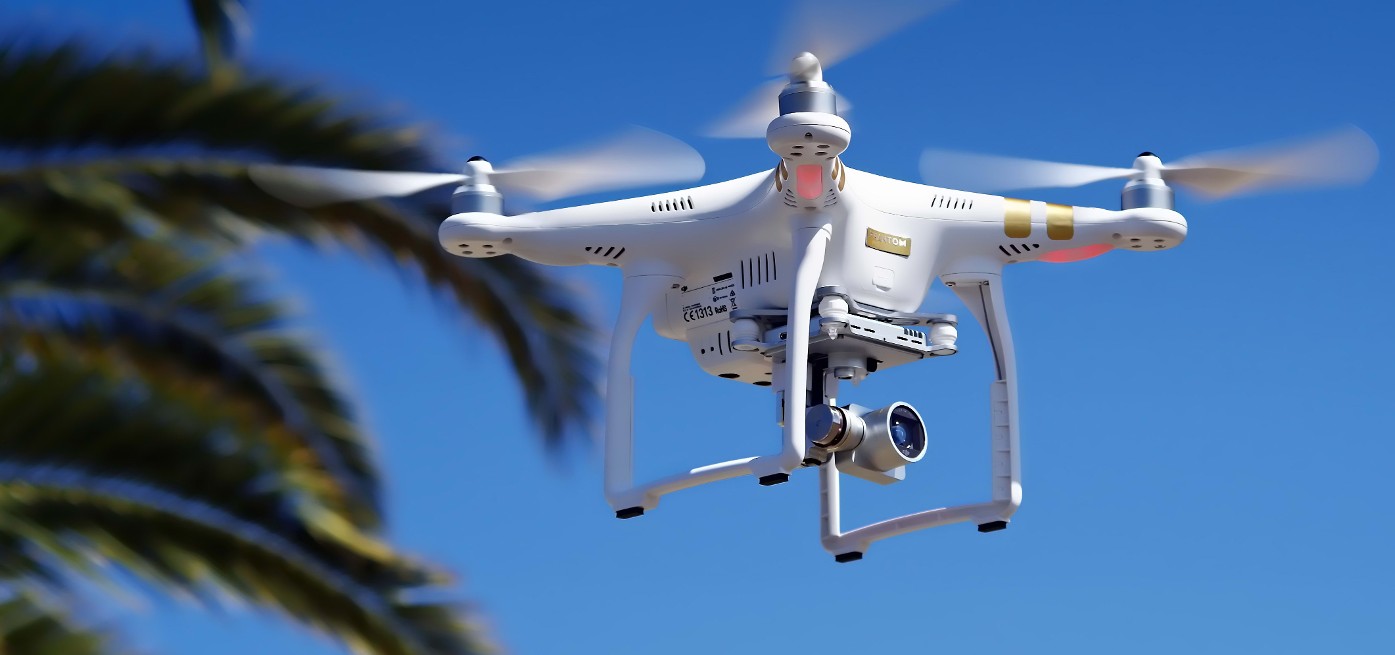
How to Block Drones with a Drone Jammer
In an age where the sky is dotted with drones, the importance of drone jammers has never been more significant. From commercial deliveries to personal

Signal jammers are devices used to block or disrupt wireless communication signals. They are commonly employed in areas where signal interference is necessary, such as prisons or military facilities. However, it is important to consider the potential negative effects of continuous operation of signal jammers in densely populated areas, particularly in urban or crowded locations. This article aims to shed light on the adverse consequences that may arise from the prolonged use of full band signal jammers in such areas.
When considering the operation of full band signal jammers in densely populated areas, it is crucial to acknowledge that several essential signal interference frequencies within these systems overlap with the communication bands required for everyday civilian use. For instance, the civilian navigation and positioning frequency bands, as well as the 2.4G and 5.8G frequency bands used by wireless networks, are all affected by the operation of full band signal jammers.
Once a full band signal jammer is activated, it inevitably interferes with these fundamental frequency bands, resulting in significant disruptions to public communication. While the primary objective may be to hinder unauthorized drone activities, the consequences extend beyond the intended targets. In the affected area, ordinary citizens relying on mobile or car navigation systems may experience a loss of functionality. Additionally, disruptions in wireless networks and Bluetooth devices within offices or residences can lead to communication difficulties.
The continuous operation of full band signal jammers in densely populated areas poses potential risks to public safety and convenience. In emergency situations, individuals may heavily rely on their mobile devices for communication and navigation. However, the interference caused by signal jammers can render these devices ineffective, hindering emergency response efforts and potentially endangering lives. Moreover, the disruption of wireless networks and Bluetooth connectivity can impede daily activities, such as accessing the internet or connecting to peripheral devices.
While full band signal jammers serve a purpose in certain controlled environments, their continuous operation in densely populated areas can have unintended and adverse consequences. The interference with essential communication frequencies not only affects unauthorized drone activities but also disrupts public communication, compromises public safety, and inconveniences individuals in their daily lives. Therefore, it is crucial to carefully consider the potential negative effects before deploying full band signal jammers in populated areas, ensuring that the benefits outweigh the drawbacks and that alternative solutions are explored to minimize disruptions to public communication and connectivity.
Our frequency checker tool will help you check all frequency bands used in all country.

In an age where the sky is dotted with drones, the importance of drone jammers has never been more significant. From commercial deliveries to personal

Protect your vehicle’s location privacy with a professional guide on GPS jammers. From selection to legal considerations and installation tips, we’ve got you covered. Key

Here’s a step by step guide on how to build your own GPS jammer. Below are the main steps we are going to introduce in

Understanding Signal Blocker: How It Works and Its Applications Signal Blockers are devices that can disrupt mobile phone signals, preventing them from connecting to base

The Application and Benefits of High-Power Signal Jammers Enhancing Signal Blocking Efficiency in Various Environments In today’s technologically advanced world, the need for effective signal

Considerations for Purchasing Exam Room Signal Jammers Ensuring Effective Signal Jamming for Exam Integrity As the year approaches its end, many schools are preparing for

The Importance of Monitoring and Signal Interference Measures During Examinations During examination periods, it is crucial to closely monitor the examination venues and their surrounding

Selecting the Appropriate Cell Phone Jammer for Theaters and Auditoriums Overcoming Challenges in Installation and Maximizing Signal Disruption The Importance of Cell Phone Jamming in

Remote Control of Cell Phone Jammers via Smartphone: A Possibility? With the rapid development of the Internet of Things (IoT), numerous smart home devices have

Supplying high quality signal jamming devices since 2010. The only jammer store you can trust.
Jammer Master © 2024. Premium Signal Jammer Supplier Since 2010.